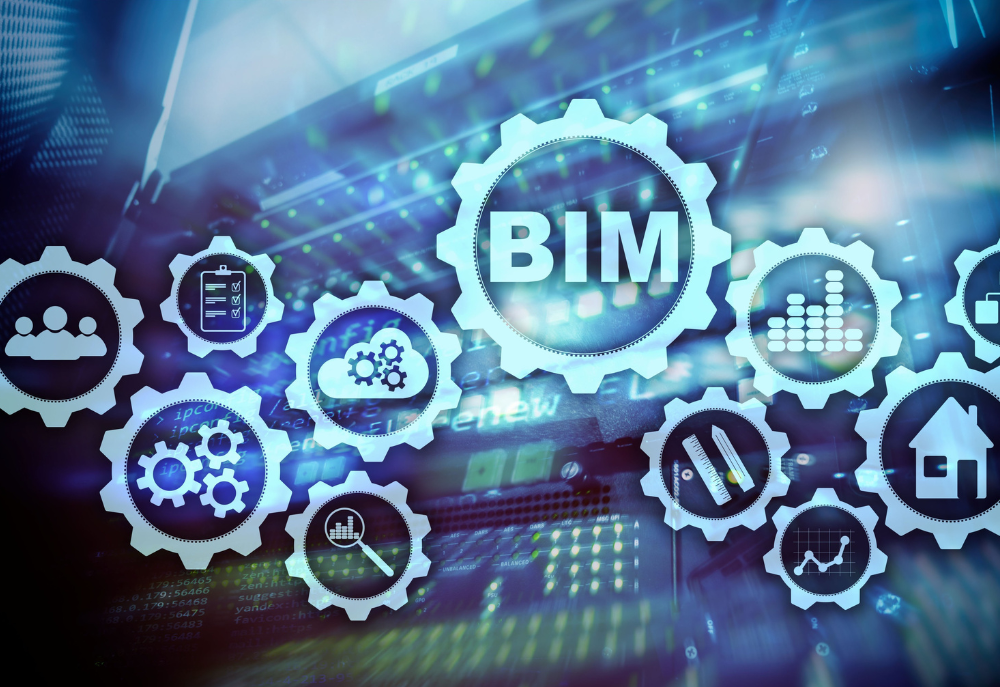In an era driven by technological advancements, the construction industry has witnessed a transformative tool that has revolutionized project planning, design, and execution: Building Information Modeling (BIM). BIM is a digital representation of a building or infrastructure project, enabling architects, engineers, and construction professionals to collaborate seamlessly. In this blog post, we will explore the significant role of BIM in construction and its profound impact on improving efficiency, reducing errors, and enhancing project outcomes.
- Comprehensive Design and Visualization: BIM allows construction professionals to create a comprehensive digital model of a project, including 3D geometric information, spatial relationships, and relevant data. This digital representation provides a clear visualization of the entire project, allowing stakeholders to gain a deeper understanding of the design and make informed decisions. The ability to visualize and explore different design options enhances communication, minimizes design errors, and ensures better coordination among the project team.
- Improved Collaboration and Coordination: One of the greatest strengths of BIM lies in its ability to facilitate collaboration and coordination among project stakeholders. BIM platforms enable real-time collaboration, allowing architects, engineers, and contractors to work together seamlessly. Through BIM, various disciplines can integrate their design models, detect clashes, and resolve conflicts before construction begins. This collaborative approach reduces rework, minimizes errors, and enhances the overall efficiency of the project.
- Enhanced Project Efficiency and Cost Savings: BIM’s data-rich model allows for accurate quantity takeoffs, cost estimation, and scheduling. With detailed information about materials, quantities, and construction sequences, project managers can make informed decisions to optimize resource allocation, identify potential conflicts, and streamline construction workflows. The ability to identify clashes and resolve issues digitally reduces costly changes during the construction phase, leading to significant cost savings and improved project efficiency.
- Clash Detection and Conflict Resolution: One of the standout features of BIM is its clash detection capabilities. By integrating different design models into a single platform, BIM software automatically identifies clashes and conflicts between various building systems, such as mechanical, electrical, and plumbing. Early clash detection enables proactive problem-solving, minimizing costly on-site changes and delays. It ensures that conflicts are addressed before construction begins, leading to a smoother construction process.
- Lifecycle Management and Facility Maintenance: BIM extends its value beyond the construction phase, providing benefits throughout the lifecycle of a building or infrastructure project. The digital model created during the design and construction phase can serve as a basis for facility management and maintenance. By linking BIM data with facility management systems, building owners can access critical information about maintenance schedules, equipment specifications, and energy consumption. This seamless transition from construction to facility management improves long-term efficiency and reduces maintenance costs.
Building Information Modeling (BIM) has transformed the construction industry, offering immense value throughout the project lifecycle. From improved design visualization and enhanced collaboration to clash detection and lifecycle management, BIM has proven to be an invaluable tool for construction professionals. By leveraging BIM technology, stakeholders can optimize efficiency, reduce errors, save costs, and deliver projects that meet and exceed expectations. As the construction industry continues to embrace digitalization, BIM will undoubtedly play a vital role in shaping the future of construction, enabling smarter and more efficient project delivery.








Leave A Comment